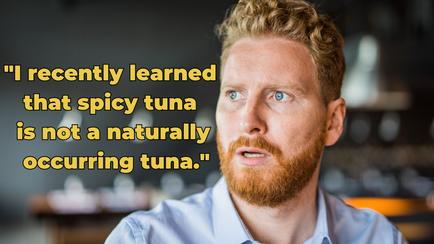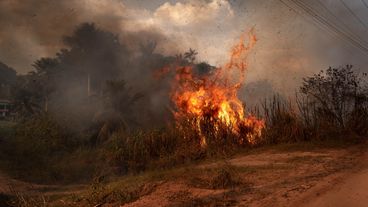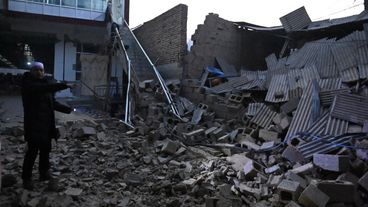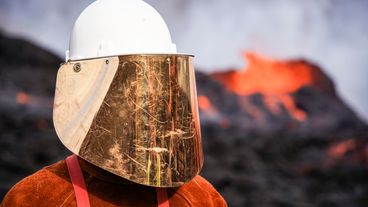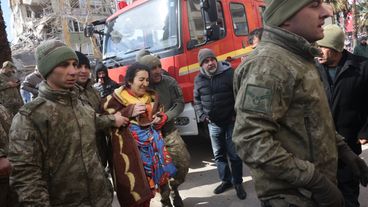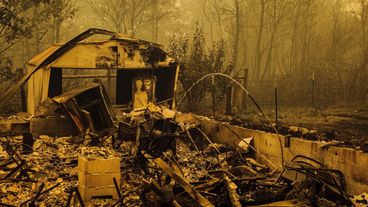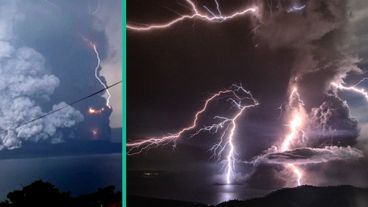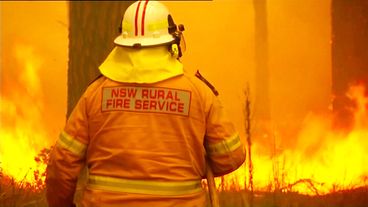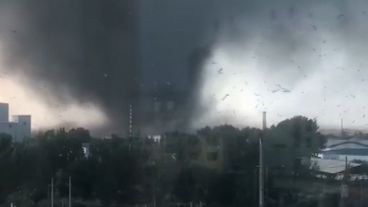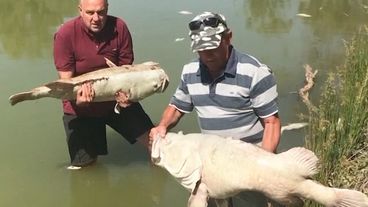Natural Disasters
The climate crisis means some countries are paying a much larger price than others.
State media say the 6.2 earthquake was China's deadliest quake in a decade.
The country said it had taken preventative measures as Iceland was “no stranger to volcanic activity.”
A few brief moments of hope have emerged two days after the horrendous natural disaster.
You can barely see the end of our street through the heavy haze, and ash has been falling from the sky like grey rain, coating our house and everything outside of it with a thick layer of ominous soot.
Taal volcano, one of the world’s smallest active volcanoes, has blasted ash into the air and caused volcanic lightning. Thousands of people were forced to evacuate across the country's capital of Manila, with some experts warning an eruption could happen at any time.
The death toll has risen to 19, with more than two dozen others suffering severe burns.
Parts of Australia have declared a state of emergency as firefighters race to contain widespread bushfires. At least three people have died so far as parts of the nation brace for worse conditions in the coming days.
Six people have died and more than 190 were injured after a strong tornado hit Liaoning Province in northeast China. The tornado brought strong showers and hail, wreaking havoc on apartments, factory buildings and power lines. It touched down in Jingouzi township, ripped through an industrial park and moved south. It lasted around 15 minutes. Power supply to the region has been cut off and rescue efforts are ongoing.
Hundreds of thousands of fish have died on a stretch of a major Australian river in New South Wales, in the third mass incident in recent weeks. The suspected cause is hot weather leading to an algal bloom that has starved the water of oxygen.




